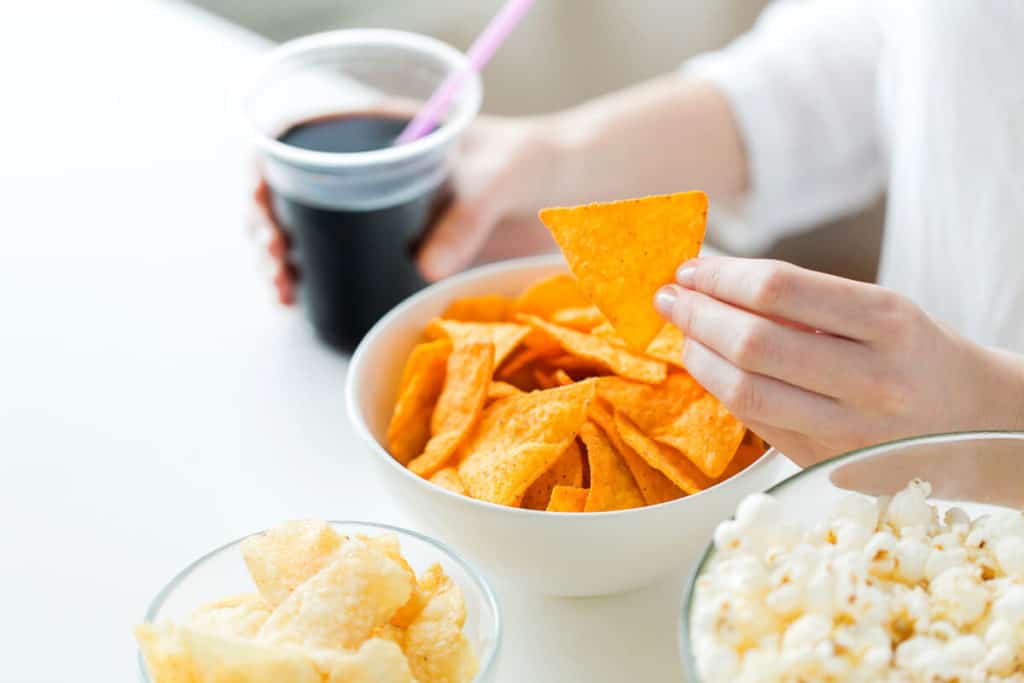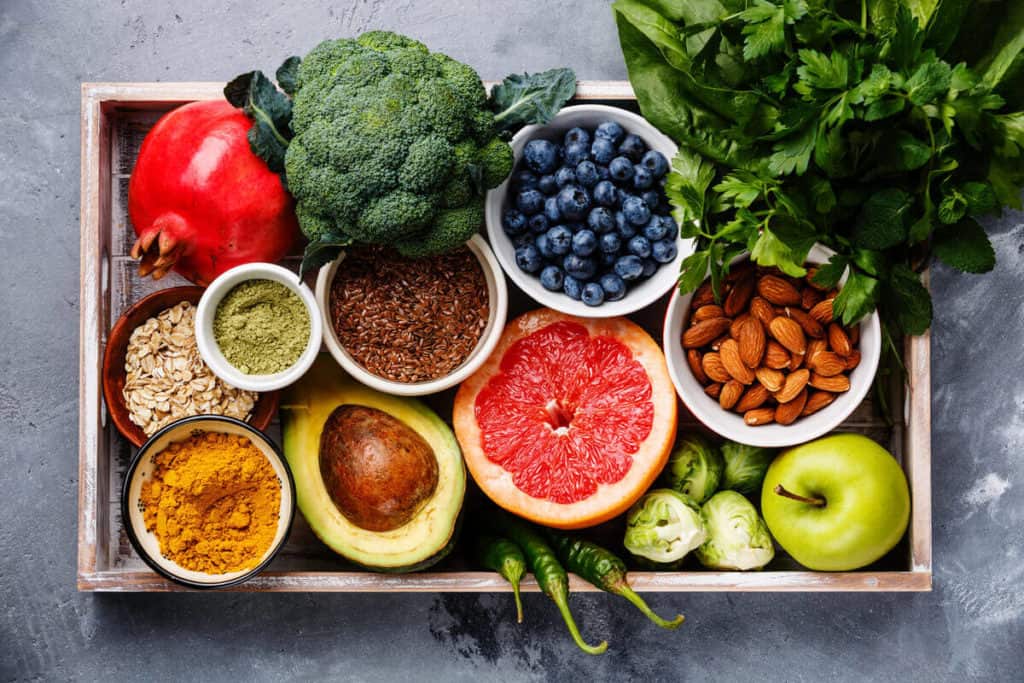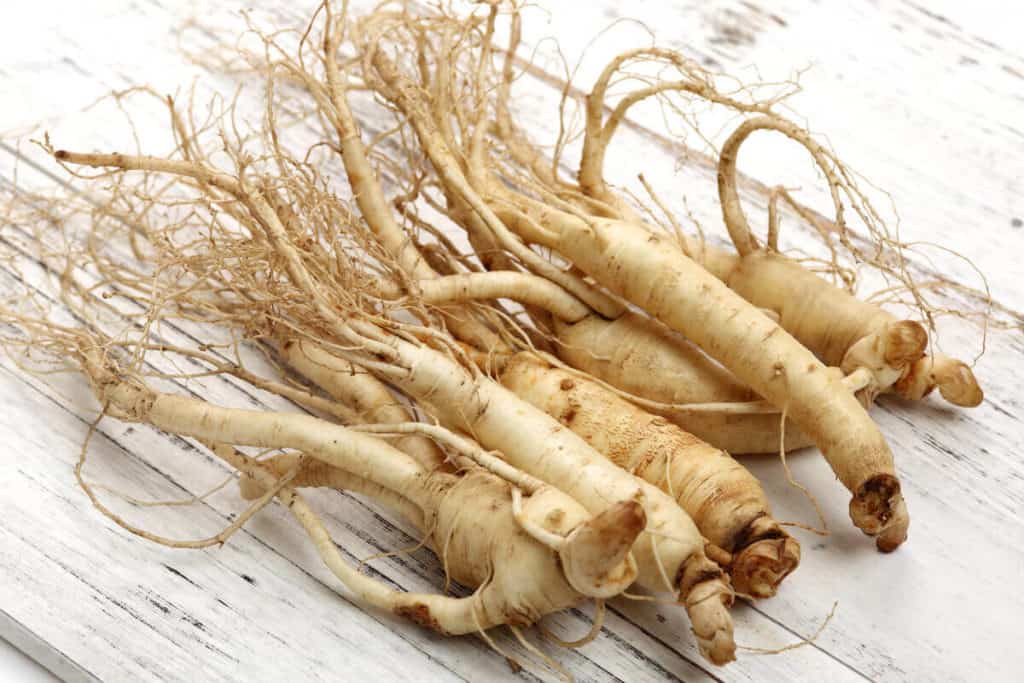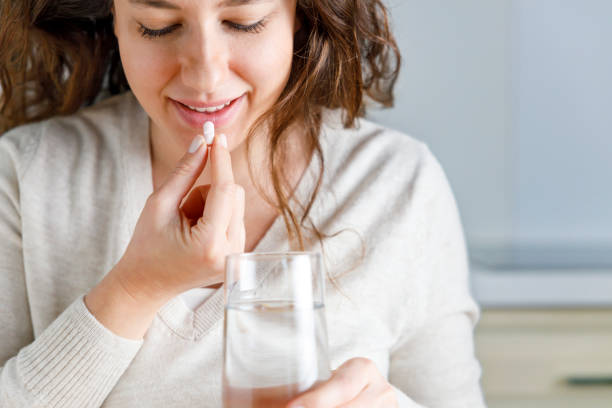Steps to improve fertility
When a couple decides to enhance their chances of conception, the first thing to consider is to consciously create a healthy diet for male fertility and a fertility diet plan for women. Consider decreasing exposure to toxic chemicals and increasing the health and detoxification capacity of the liver. This will assist the body to clear out the toxic overload and make way for those foods and herbs that can enhance fertility. (3) First, create a diet diary of everything you eat for three days. Determine if your diet is high in processed foods, trans-fats, chemical preservatives, and sugar, similar to the image below.
Liver detoxification and fertility
Since the liver is a detoxification organ that helps to break down and clear out toxins, consider focusing on consuming foods that support the liver for one month before delving into the best foods for fertility. The American Liver Society suggests choosing whole foods such as fruits and vegetables and avoiding fried and processed foods. (1) A variety of foods and herbs should be considered, including garlic and milk thistle to support the liver in its detoxification capacity and triphala to clear waste products eliminated through the large intestines. Sufficient levels of antioxidants, including vitamin D, vitamin C, lipoic acid, and coenzyme Q10 (CoQ10), are also necessary for optimal function of the detoxification system, which supports fertility. (19) After a month of detox, you are ready to embark on a wellness plan that includes the best foods for fertility, along with support from specific botanicals.Fertility boosting foods
Certain foods and herbs traditionally believed to enhance fertility for men and women have also been studied scientifically, and have been found to contain substances that can, in fact, support fertility!
Beets
Beets are highly nutritious for both men and women, referred to as a superfood in today’s health circles. In fact, beets are excellent for heart and circulatory health for everyone! A study published in the medical journal, Hypertension, in 2008 reported that beets contain naturally occurring nitrates in a quantity high enough to help dilate blood vessels. This can help to keep blood pressure within a healthy range, as well as offset the effects of erectile dysfunction. (11)Avocado
Avocados are a great source of healthy fat, including monounsaturated fats, needed for the production of sex hormones. In addition, avocados contain vitamin B6 and a variety of minerals important for sexual and reproductive health. (4)Oysters
Oysters are high in protein and minerals such as iodine, phosphorus, and zinc. A serving of two oysters (approximately 100 g) offers almost 40 mg of zinc, which significantly exceeds the recommended daily allowance (RDA) of 8 mg for adult women. (20)(12) Zinc is particularly important because it is linked to testosterone and sperm production. (6)Banana
Just one banana supplies close to 500 mg of potassium, along with a wide range of other vitamins and minerals that can support overall wellness and fertility, including magnesium, potassium, vitamin C, folate and vitamin B6. (21)(16)Eggs
Eggs are high in complete protein, vitamins A and B12, and many minerals, such as iodine, phosphorus, zinc, and selenium. (22) In addition to many of the amino acids provided by eggs necessary for fertility, eggs also offer omega-3 fats, which have been studied to prolong reproductive lifespan and improve human egg quality. (14)Medicinal herbs for fertility
Medicinal herbs have been used to enhance fertility throughout human history.Ginseng root (Panax ginseng)
This herb has been used as a talisman that represents fertility due to its appearance that is similar to a human figure. Modern science supports this herb’s ability to enhance fertility in men through several specific mechanisms, including increasing the production and motility of healthy sperm. (10)
Black cohosh (Cimicifuga racemosa)
Black cohosh is a great example of a plant that has specific scientific evidence of its ability to enhance fertility to support its long history of use in female health. Modern scientific analysis has revealed the chemical constituents of a growing number of medicinal herbs, including black cohosh, used by herbalists throughout history. Black cohosh root extract was regularly recommended by the eclectic physicians in the mid-1800’s for several health and wellness issues, including all female complaints and difficulty conceiving. (7) The King’s American Dispensatory refers to black cohosh as a “very active, powerful and useful remedy”. A 2014 study in the journal Gynecological Endocrinology concluded that taking black cohosh along with fertility drugs improved pregnancy rates in women. (17)Chaste tree (Vitex agnus-castus)
Chaste tree, often called chaste berry, agnus castus, or Vitex, helps to balance progesterone levels, which are often low in women experiencing infertility. (15) The chaste berry tree is an attractive bush with finger-like leaves and thin violet, blue, or pink flowers. The fruit produced by this tree is a dark brown to black berry about the size of a peppercorn with a spicy pepper flavor. The chaste berry has a long history of use as a herbal medicine. It was first mentioned in the fourth century BC by Hippocrates, and was indicated in The King’s American Dispensary as a remedy for female health problems. (9) Modern research shows that chaste berry has an effect on the pituitary gland by regulating the release of prolactin. (32) Problems associated with high prolactin levels include premenstrual syndrome (PMS) and infertility. (8)The bottom line
Fertility rates are falling due to many factors in modern life, including the advanced age of couples starting families. Many factors linked to infertility can be addressed by improving lifestyle choices, such as reducing environmental toxicity and improving nutrition. After addressing detoxification to support the liver, foods and herbs can be useful to support fertility.- American Liver Foundation. (2020, June 11). American Liver Foundation. Retrieved from https://liverfoundation.org/for-patients/about-the-liver/health-wellness/nutrition/
- Bonde, J., & Giwercman, A. (2014). Environmental xenobiotics and male reproductive health. Asian Journal of Andrology, 16(1), 3–4.
- Chiang, C., Mahalingam, S., & Flaws, J. (2017). Environmental contaminants affecting fertility and somatic health. Seminars in Reproductive Medicine, 35(03), 241–249.
- Dreher, M. L., & Davenport, A. J. (2013). Hass avocado composition and potential health effects. Critical Reviews in Food Science and Nutrition, 53(7), 738–750.
- Environmental Working Group. (n.d.). Environmental Working Group. Retrieved July 10, 2020, from https://www.ewg.org/
- Fallah, A., Mohammad-Hasani, A., & Colagar, A. H. (2018). Zinc is an essential element for male fertility: A review of Zn roles in men’s health, germination, sperm quality, and fertilization. Journal of Reproduction & Infertility, 19(2), 69–81.
- Foster, S. (1999). Black cohosh: A literature review. HerbalGram, (45), 35–50. Retrieved from http://cms.herbalgram.org/herbalgram/issue45/article2659.html?ts=1594399691&signature=e77c3f77b53aae10f08f3570212d7b1c&ts=1594407766&signature=b8f3844621b11c3ec72cea5054068bc3
- Grattan, D. R., & Szawka, R. E. (2019). Kisspeptin and prolactin. Seminars in Reproductive Medicine, 37(02), 93–104.
- Lans, C., Taylor-Swanson, L., & Westfall, R. (2018). Herbal fertility treatments used in North America from colonial times to 1900, and their potential for improving the success rate of assisted reproductive technology. Reproductive Biomedicine & Society Online, 5, 60–81.
- Leung, K. W., & Wong, A. S. T. (2013). Ginseng and male reproductive function. Spermatogenesis, 3(3), e26391.
- Lidder, S., & Webb, A. J. (2013). Vascular effects of dietary nitrate (as found in green leafy vegetables and beetroot) via the nitrate-nitrite-nitric oxide pathway. British Journal of Clinical Pharmacology, 75(3), 677–696.
- National Institutes of Health. (2020, March). Zinc. Retrieved from https://ods.od.nih.gov/factsheets/Zinc-HealthProfessional/
- Nazni, P. (2014). Association of western diet & lifestyle with decreased fertility. Indian J Med Res, 140(1), S78–S81.
- Nehra, D., Le, H. D., Fallon, E. M., Carlson, S. J., Woods, D., White, Y. A., … Puder, M. (2012). Prolonging the female reproductive lifespan and improving egg quality with dietary omega-3 fatty acids. Aging Cell, 11(6), 1046–1054.
- Sanchez, E. G. M., Giviziez, C. R., Sanchez, H. M., Agostinho, P. L. S., Barros, P. S., & Approbato, M. S. (2016). Low progesterone levels and ovulation by ultrasound assessment in infertile patients. JBRA Assisted Reproduction, 20.
- Schaefer, E., & Nock, D. (2019). The impact of preconceptional multiple-micronutrient supplementation on female fertility. Clinical Medicine Insights: Women’s Health, 12, 1.
- Shahin, A. Y., & Mohammed, S. A. (2014). Adding the phytoestrogen Cimicifugae Racemosae to clomiphene induction cycles with timed intercourse in polycystic ovary syndrome improves cycle outcomes and pregnancy rates – a randomized trial. Gynecological Endocrinology, 30(7), 505–510.
- Silvestris, E., Cohen, M., & M, Y. (2016). Oxidative stress (OS) and DNA methylation errors in reproduction. A place for a support of the one carbon cycle (1-C Cycle) before conception. Women’s Health & Gynecology, 2(4), 1–8. Retrieved from https://scientonline.org/open-access/oxidative-stress-os-and-dna-methylation-errors-in-reproductiona-place-for-a-support-of-the-one-carbon-cycle-1-c-cycle-beforeconception.pdf
- Silvestris, E., Lovero, D., & Palmirotta, R. (2019). Nutrition and female fertility: An interdependent correlation. Frontiers in Endocrinology, 10, 346.
- U.S. Department of Agriculture. (2020a, April). FoodData Central. Retrieved from https://fdc.nal.usda.gov/food-details/170935/nutrients
- U.S. Department of Agriculture. (2020b, April). FoodData Central. Retrieved from https://fdc.nal.usda.gov/food-details/170935/nutrients
- U.S. Department of Agriculture. (2020c, April). FoodData Central. Retrieved from https://fdc.nal.usda.gov/food-details/170935/nutrients
- Wuttke, W., Jarry, H., Christoffel, V., Spengler, B., & Seidlová-Wuttke, D. (2003). Chaste tree (Vitex agnus-castus) – Pharmacology and clinical indications. Phytomedicine, 10(4), 348–357.



